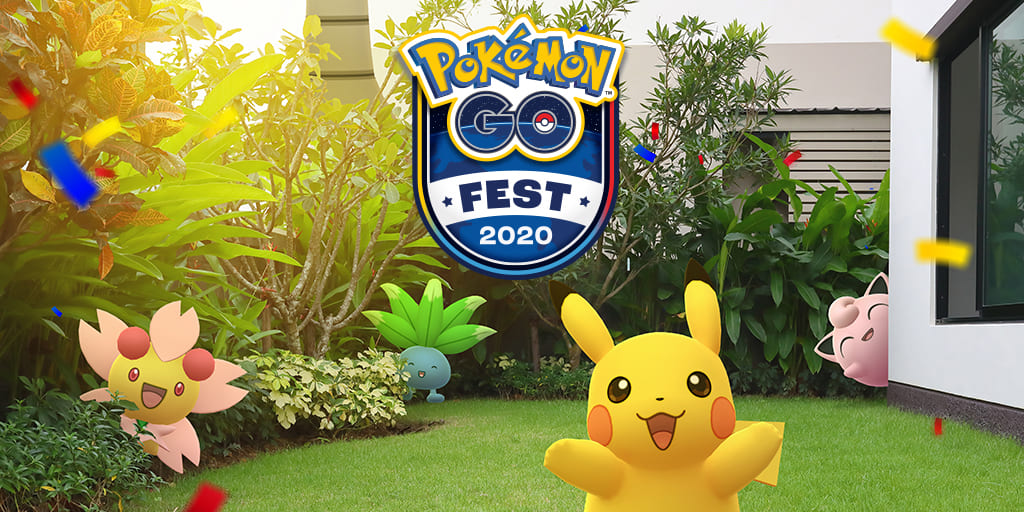It has finally been this early morning when Frontier Developments has deployed the Elite Dangerous beta 2, with the long-awaited update to the Oculus SDK 0.4.2. At the moment it is necessary to continue using the DK2 in extended mode (although there are those who claim that it has been executed in direct mode), but the Oculus service will no longer have to be stopped to play, in addition to incorporating the latest changes in chromatic aberration correction and timewarp.
In the few minutes we were able to test early this morning, we noticed that a bar has been added to control the image quality in Oculus Rift mode. By default it is set to the maximum, but we can move it to the left to increase performance in case we have problems, at the cost of losing definition, and it is especially noticeable in the texts. It seems that some people complain that the low persistence does not work, while for others (as in our case) it is activated correctly, so we will still have to test, depending on our graphics card, if it works better or worse by setting the DK2 as the main monitor and so on.
In any case, the improvement is huge, and the feeling of being in the cockpit is much more impressive than with the first beta. Small adjustments and tweaks have been made, some quite subtle, which make us have a different and more real feeling, although much of the blame lies with the correct chromatic aberration correction thanks to the latest SDK. However, it seemed to us that there is too much brightness, at least in the tutorials of the game, as if the bloom was too high, although the truth is that we have barely had 5 minutes to stay with a general impression, which as we have commented, has been tremendously positive. We look forward to your impressions as soon as you have the opportunity to try it, we will do it again throughout the afternoon.
This is the list of changes related to Oculus Rift, and here you can see the full list of changes and improvements of beta 2:
-
- Fixed crash when closing the game when pressing the close button when using an Oculus Rift
- Fixed crash when closing the game when pressing the close button when using an Oculus Rift
-
- Fixed Galaxy Map camera in Oculus Rift mode
- Fixed Galaxy Map camera in Oculus Rift mode
-
- The reference camera, used to provide the projection matrix to the render service, uses the FOV and aspect ratio of stereo cameras when using the Oculus Rift
- The reference camera, used to provide the projection matrix to the render service, uses the FOV and aspect ratio of stereo cameras when using the Oculus Rift
-
- Fixed the radar, which was not rendered in hyperspace when using the Oculus Rift
- Fixed the radar, which was not rendered in hyperspace when using the Oculus Rift
-
- If the Oculus Rift is not detected or the SDK cannot be initialized, the Oculus Rift option will not appear in the menu
- If the Oculus Rift is not detected or the SDK cannot be initialized, the Oculus Rift option will not appear in the menu
-
- Time warp fixes for Oculus
- Time warp fixes for Oculus
-
- Updated to Oculus SDK 0.4.2, it is mandatory to install the 0.4.2 runtime
- Updated to Oculus SDK 0.4.2, it is mandatory to install the 0.4.2 runtime
-
- Added ‘Oculus Image Quality’ settings, a bar that controls the ‘Pixels per rendered Pixel’ parameter passed to the SDK to calculate the recommended texture size. This gives the user more control to find the balance between quality and performance for their particular equipment. Since very low values can have a dramatic effect (the text may be illegible), the user will be prompted for confirmation even when only this setting is changed (using the current confirmation dialog). This bar will be activated only if we activate the Oculus Rift mode, and it will not appear in the graphic options if it has not been detected
- Added ‘Oculus Image Quality’ settings, a bar that controls the ‘Pixels per rendered Pixel’ parameter passed to the SDK to calculate the recommended texture size. This gives the user more control to find the balance between quality and performance for their particular equipment. Since very low values can have a dramatic effect (the text may be illegible), the user will be prompted for confirmation even when only this setting is changed (using the current confirmation dialog). This bar will be activated only if we activate the Oculus Rift mode, and it will not appear in the graphic options if it has not been detected
-
- Disabled the depth tests for the schematic material of the landing platforms, since the poster is partially occluded by the cockpit after the depth of the Oculus Rift
- Disabled the depth tests for the schematic material of the landing platforms, since the poster is partially occluded by the cockpit after the depth of the Oculus Rift
-
- When deactivating the Oculus stereo mode, if we are using Shortcut, we recreate the swap buffer
- When deactivating the Oculus stereo mode, if we are using Shortcut, we recreate the swap buffer
To activate the mirror mode on the main monitor, you have to edit the AppConfig file.xml in the users folder/[nombre]/AppData/Local/Frontier_Developments/Win32 and paste these lines in the section <AppConfig>:
< StereoExtraDisplay>
<Enabled>true</Enabled>
<Monitor> 0</Monitor>
<Width> 720</Width>
<Height>810</Height>
<VSync>false</VSync>
< BehaviourIfStereoRenderDisabled>HideWindow</BehaviourIfStereoRenderDisabled>
</StereoExtraDisplay>








